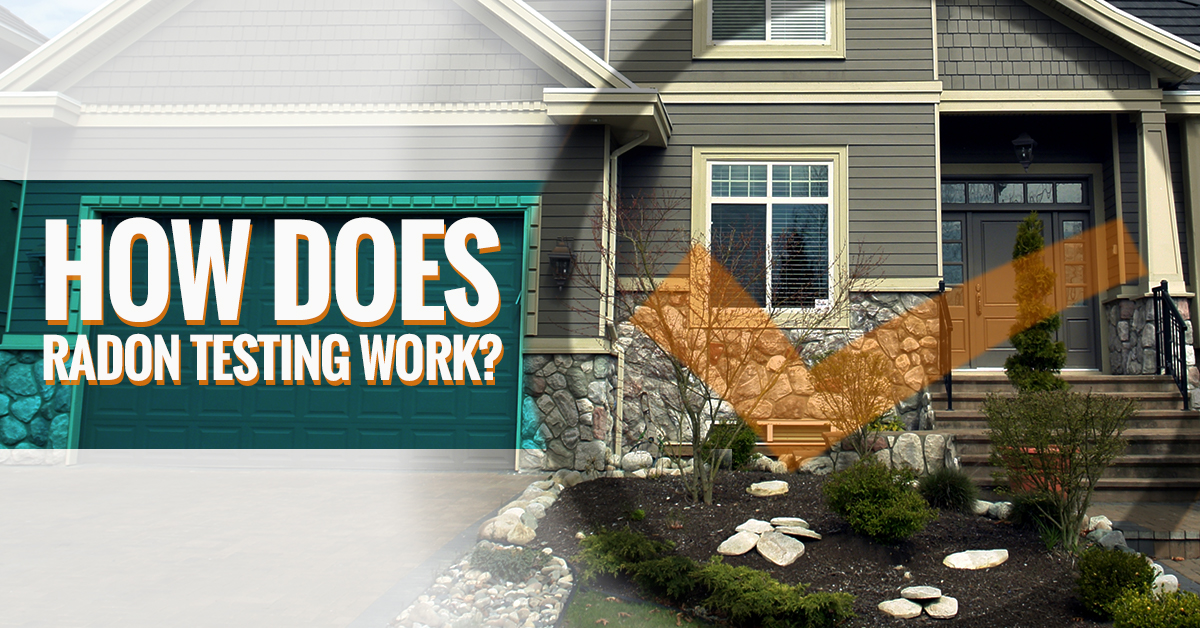
Most people aren’t about to buy a house sight-unseen — not even house flippers looking for a run-down house to build up. There are plenty of things that can go wrong with a house and necessitate some pretty pricey repairs. For example, you wouldn’t want to buy a house without having the foundation checked for cracks or other issues because foundation repair can cost tens of thousands of dollars and create a lot of hassle. A home inspection is intended to catch any issues or potential issues. Of course, that initial inspection doesn’t mean your home will stay in perfect repair forever. You’ll want to do routine checks to make sure your house is still structurally sound and in good shape. Part of those ongoing checks should include regular radon testing, especially if you’re in Colorado.
Why Radon Testing?
As we’ve mentioned in previous blogs, radon is a pressing concern, especially since it cannot be detected by human senses alone. Radon is the second-highest cause of lung cancer and poses other health concerns. It’s also an odorless, invisible gas so there is no good way to keep track of levels in your home without a bit of assistance. This is where home radon test kits can come in handy.
Radon is a gas emitted from the natural breakdown of uranium, which means radon can be found just about anywhere on the planet and there isn’t really a way to keep radon completely out of your home. However, there’s a distinction between acceptable levels and quantities that are high enough to be cause for concern. According to guidelines set forth by the Environmental Protection Agency (E.P.A.), measurements between two and four picocuries per liter of air (pCi/L) should be cause for concern and anything above 4 pCi/L is high enough that action needs to be taken. Radon levels in an area can change over time, so it’s important to test your home or business regularly.
How Radon Testing Works
There are two common options for radon testing. One option is a device that immediately gauges the levels of radon in the air; this option is generally more for commercial purposes and used by radon testing services. The other common option is a home radon test kit, which typically needs to be sent to a lab to process and provide results. It’s a bit more time-intensive but makes it easier for any household or business to test radon levels for themselves.
Home Test Kits
With a radon home test kit, you’ll want to keep all doors and windows closed for at least 12 hours beforehand and keep everything closed throughout testing. You can still open and close doors to enter/leave your home, but otherwise you’ll need to be conscientious about keeping everything closed. You’ll also need to turn off and fans or vents that bring in outside air or vent large quantities of air out. That means a basic ceiling fan or stove vent is okay, but if you have a whole-house fan, you’ll need to turn it off. Choose a commonly used room on the lowest level of your home — something like your living room or your den in the basement. Do not test in bathrooms, the kitchen, or other rooms not meant for occupancy like closets or crawl spaces.
Home radon test kits typically need to sit out for a bit, so be sure you’re giving it the full time directed on the kit. Afterwards, it will need to be processed by a professional lab. When you search for a radon home test kit, check to see if the lab fees are included; with many kits, they are not.
Professional Help
If the radon levels in your home come back in the mid or high range, you’ll want to work with a professional radon mitigation company to see what your options are. Contact Radon Gone here in Colorado for help with everything from radon testing to mitigation. Give us a call to get started and be sure your home is safe.

